Advertisement
It used to be that solid brick backsplashes were only practical. Today, brick backsplashes are popular in residential kitchens and bathrooms because they look old and worn. Here, you can read and learn some important, but maybe a little surprising, information about brick backsplashes that will help you save time and money while installing your own wall brick backsplash. It will also help you keep your brick backsplash in good condition after it’s done.
There’s something timeless and nostalgic about a brick backsplash wall. It’s timeless and makes you think of simple days gone by. Installing this kind of solid brick backsplash can create a new look for your kitchen that’s a little worn but still looks great. Warmth and beautiful textures are also added by adding wood to the room.
You don’t have to spend a lot of money to get the high-end look you see in multi-million dollar homes and high-end hotels. Make a beautiful kitchen with a brick backsplash wall, but: but how do you keep it clean?
In this article about how to clean brick backsplash, we’ll tell you more about:
- how to clean greasy backsplash
- how to treat brick veneer panels and decorative paneling
- what to do with an old brick wall
- what chemicals to use (liquid soap, chemical cleaners, water-soluble salts etc.)
and much more.
Brick Kitchen Backsplash: Why Should You Have One?
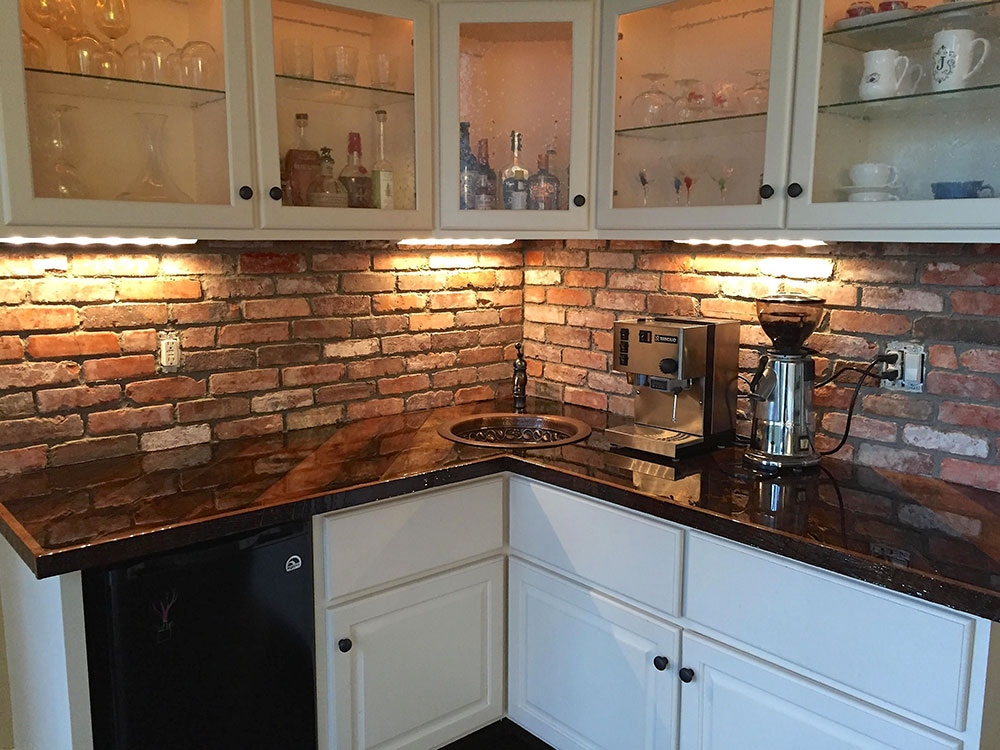
Having a brick kitchen backsplash with a matching countertop is becoming more and more popular with people who own their own house. It doesn’t matter if the brick veneer is modern or old-fashioned, it looks good. Rusty, old-fashioned-style brick walls, like the ones shown here, never go out of style. There is also a good mix of rough mortar joints and stamped brick veneers in the look that comes from combining old-style materials with geometric cabinetry panels.
Often, a kitchen solid brick backsplash will match other walls in the kitchen, making the design statement even more clear. The colour of your kitchen’s brick backsplash usually comes down to personal preference and the colours in the rest of the room. Mixing styles can add a lot of drama to the look of things. The modern kitchen cabinet fits in well with a traditional style of home decor. old However, people like the earthy colours of old Chicago veneers better than red brick walls.
Even so, most people are afraid to use brick as a backsplash in their kitchens, because they don’t want to end up with greasy brickwork that’s hard to clean and that has stains that won’t come off. You can use decorative bricks for a backsplash as one of the best ways to deal with this problem. Brick veneers keep the beauty and charm of traditional bricks without the high price, delicate maintenance, and complicated installation process.
How to Clean Brick Backsplash
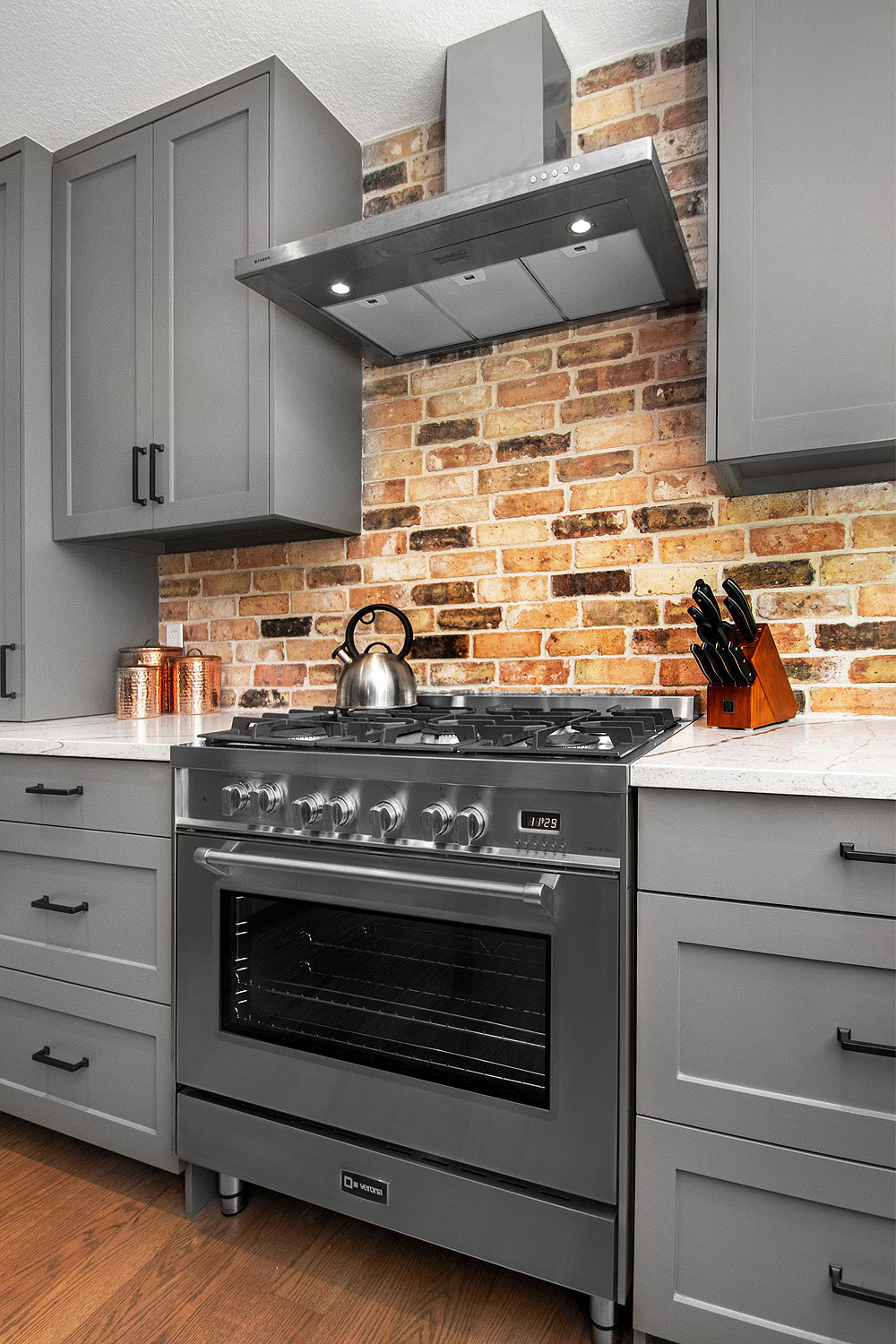
A kitchen brick backsplash is hard to clean because it has a bumpy surface. Besides that, the mortar that holds the bricks together can pick up stains that are hard to get off. And we don’t want dirty brick backsplash tiles, full of ugly grease stains? Keep reading this article, and you will learn how to keep your backsplash tiles squeaky clean.
Unfortunately, a brick backsplash is very good at soaking up things. This might be able to take it in if something is splashed or thrown on it
Furthermore, it tends to hold on to moisture. Because of this, you will see that it will always get weaker and even start to break down.
How do I clean a brick kitchen backsplash?
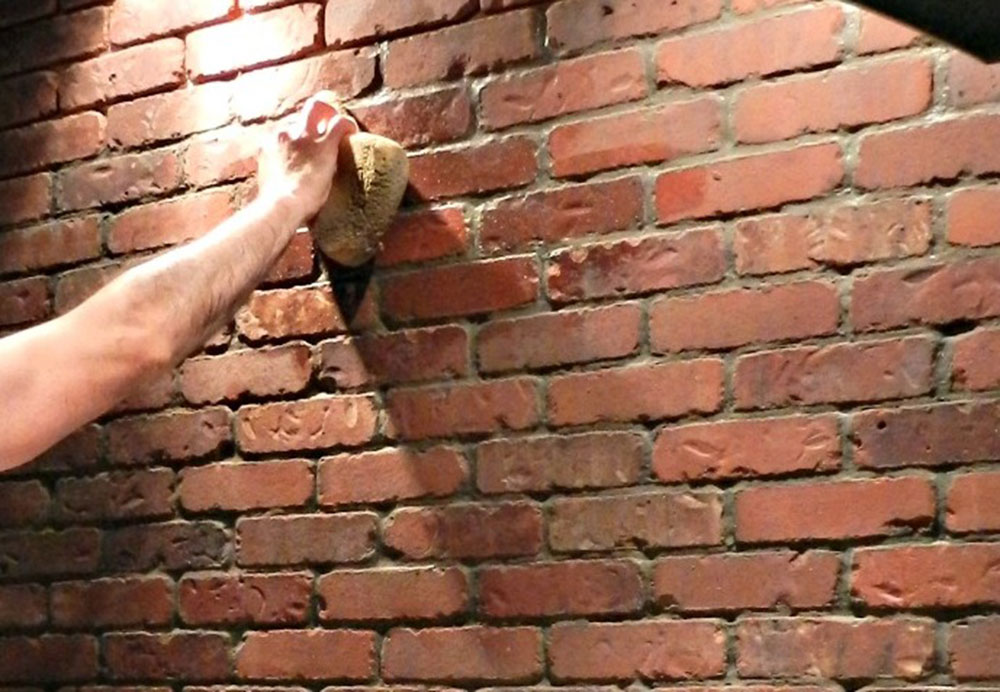
Clean with care. Instead, use a spray bottle to clean up surface dust and dirt.
You can make your own natural cleaners and use them to clean your home, as well. They’re cheaper and safer than cleaning products that are made by a company.
The cleaning methods below are usually arranged from the gentlest to the most powerful method, in that order. Before you use more powerful cleaners, start with the least powerful ones first and work your way up. Always make sure that your previous cleaner has been completely rinsed from the brick when you use it again. This stops chemical reactions.
Start with wet bricks. Before you clean them, spray them with water. Finish with a warm water rinse, no matter which cleaner you used.
Use Plain Water

The porous surface of both brick and brick veneer backsplashes make them easy to get dirty, but you shouldn’t be too rough with cleaning. Abrasives like steel wool or sandblasters can make brick fade or even destroy it if they’re not mixed with clean water.
Instead, use a spray bottle to clean up the brick veneer front layer from dust and dirt.
Warm water and a masonry sponge can get rid of a lot of dirt and grime. It’s also good to add dish soap or learn how to clean bricks with vinegar to the mix. When you clean the brick veneer, less is more.
Dish Soap and Salt
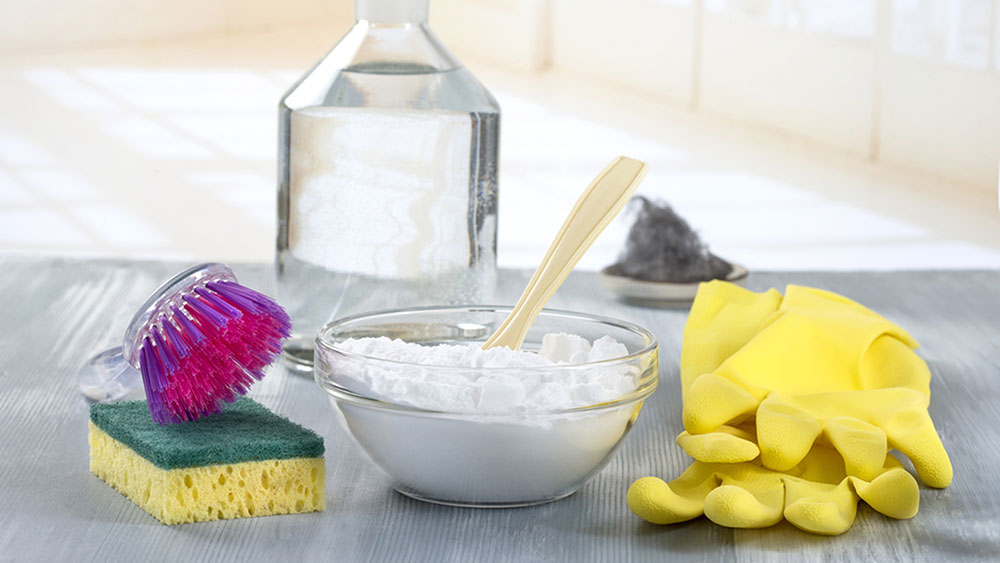
For stubborn dirt or stains, mix equal parts dish soap and table salt to make a paste. People use damp cloths to spread the paste across the brick and mortar. Then, they use a bristle brush to scrub the paste away with care. All-purpose cleaners may be made with harsh chemicals, so they are not good for cleaning bricks or mortar. To clean the kitchen and bathroom, you only need a mild cleaner.
- Spray the bricks and mortar with water with a spray bottle or clean brush.
- You can make a paste with dish soap and table salt to clean your hands.
- Make sure the brick is painted with a thin layer of paint on it.
- Allow the soap to sit for about 10 minutes before you use it again.
- A sponge or brush can be used to gently scrub the front layer and mortar with water, but be careful.
- Rinse with hot water.
- Rinse again if you need to get all of the dish detergents off of your hands and clothes.
- Wet a dry cloth or sponge with water and wipe down the bricks. This will get rid of any salt crystals that have been left behind after the salt has been used.
Dish Soap and Baking Soda
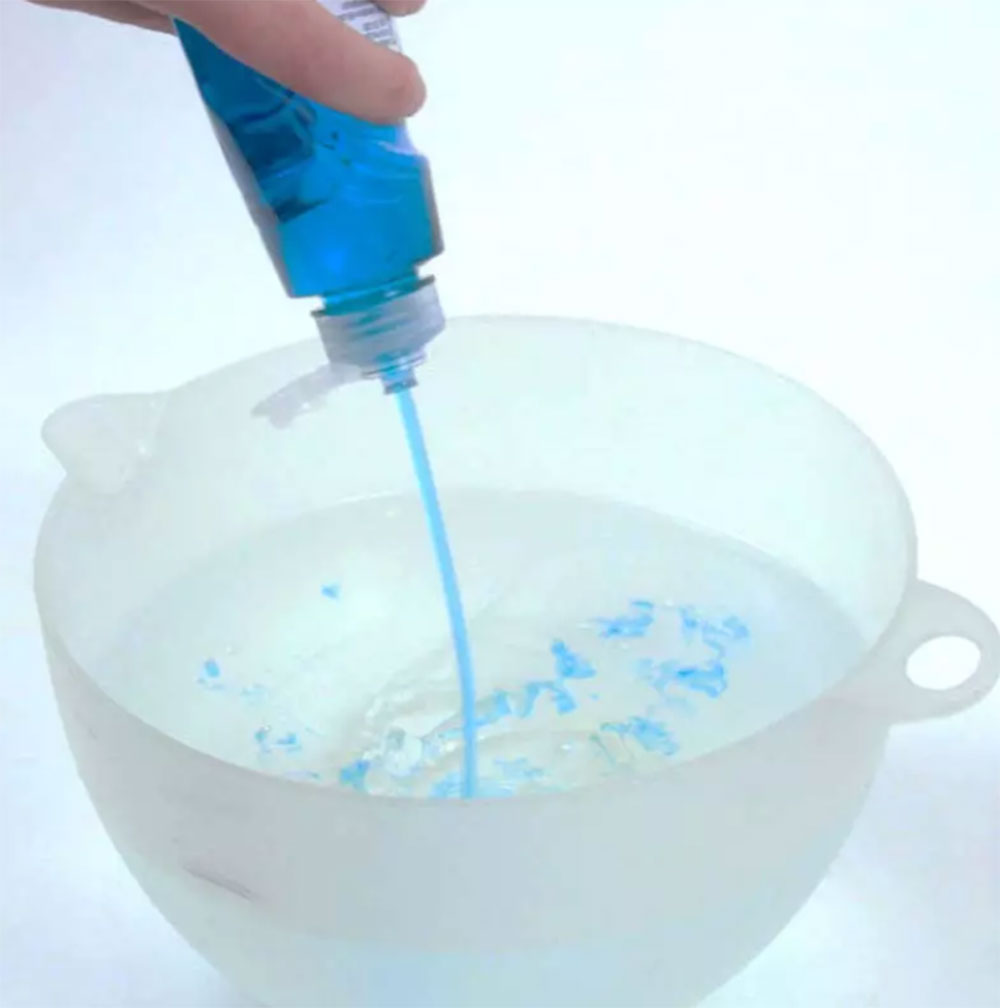
Backsplash brick tiles that require oil and soot cleaning should use this cleaner.
- Put a little warm water on the bricks.
- Dish soap and baking soda should be mixed in a bowl.
- Stir until it forms a paste. Add more soap if you need to.
- It’s time to spread the paste on the brick.
- Let it sit on the brick for a little while (around 10 minutes). This will help the brick dry out.
- Use a sponge or soft brush to get rid of the dirt.
- Rinse with hot water
A soft-bristled brush can be used to scrub the backsplash surface to get rid of more stubborn dirt and grease, like oil (not a wire brush). As long as you use a standard washing-up brush, your brickwork won’t get scratched up.
You should never use a wire brush on a brick backsplash because the metal traces it leaves can create damage and therefore make the brick look bad.
Use Boric Acid
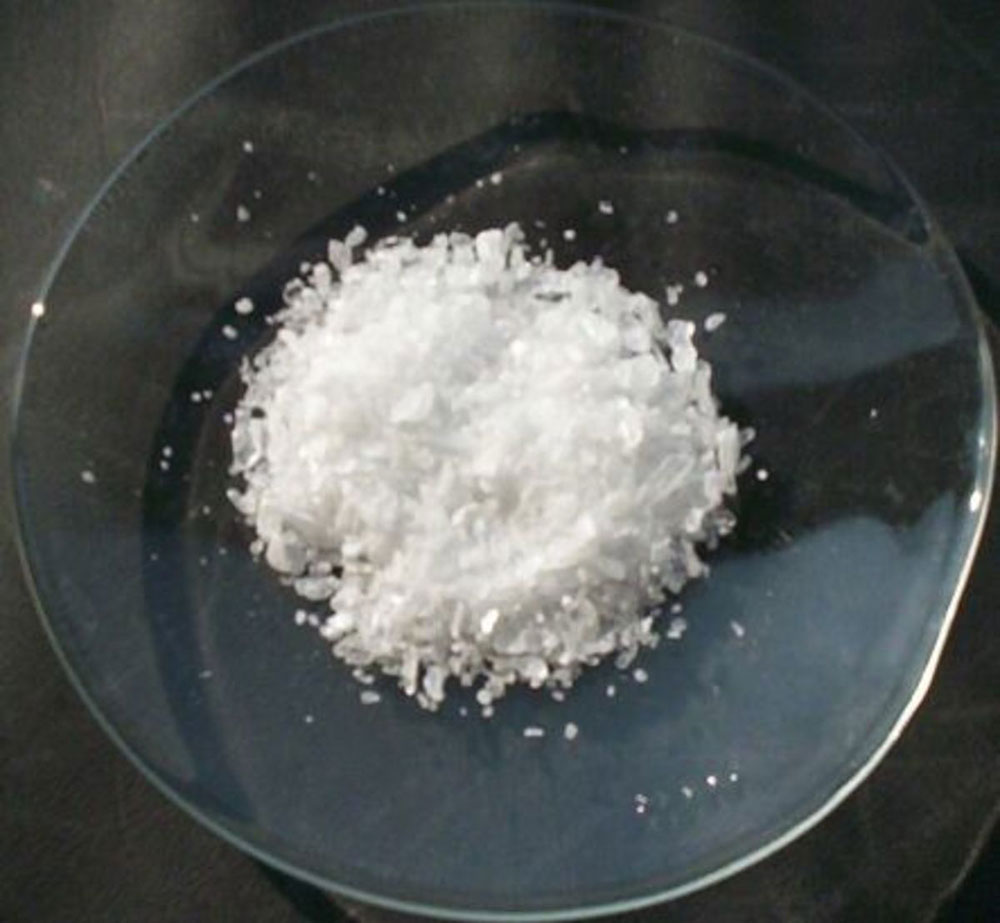
A tablespoon of boric acid mixed with a gallon of warm water can help if dish soap and salt aren’t enough. Gently work the solution into the brick with a bristle brush. The more powerful astringent properties of boric acid will help remove stains, while its antifungal properties will help keep brick from rotting.
- Spray the brick with hot water.
- Add 1 tablespoon of boric acid to a bucket of warm water.
- Mix it all together, but be careful not to make a mess.
- Make sure you spread it on the brick with a sponge or a brush.
- Only add as much DIY cleaner as you can quickly scrub away. Do not add more than that. Keep it from sitting on the bricks too long.
- Scrub gently the brick in small circles. Make sure you don’t scrub too hard.
- Rinse with hot water.
- Clean off the soap paste or boric acid solution with a clean rag that has been wet with lukewarm water.
How Do You Protect A Brick Backsplash?
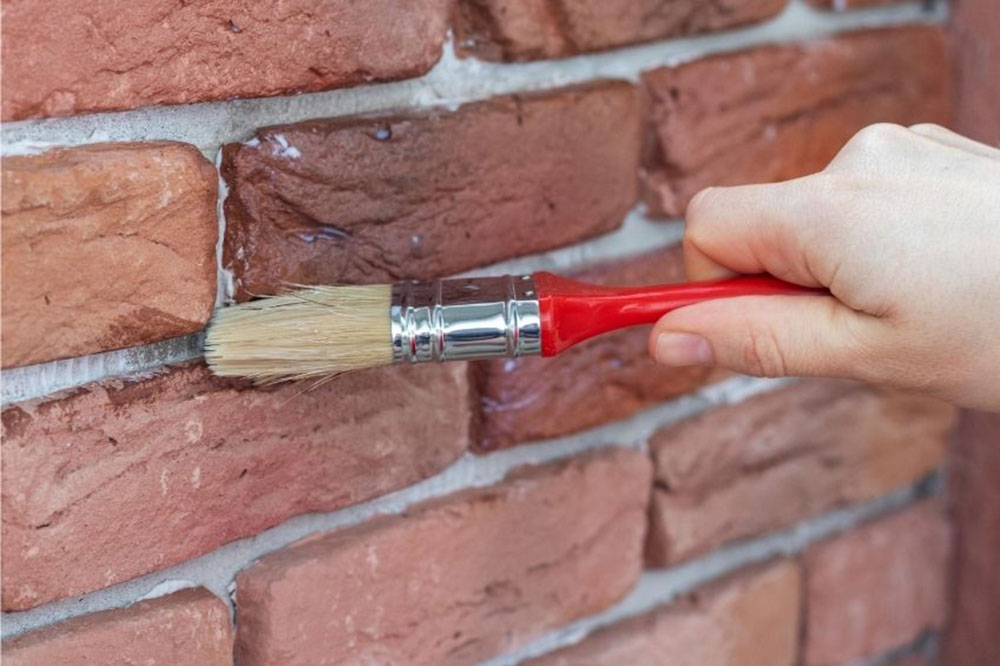
Sealing a solid brick backsplash with a sealant is very important. You may use either a satin or matte finish, the sealant helps keep air and moisture out.
It also helps keep stains from bath products, food and cooking fumes from getting on the floor. Choose a clear silane- or siloxane-based sealant if you want to add one to your brick veneer backsplash.
Using a satin or matte finish will help keep moisture out and keep the colour of the bricks the same. Avoid silicate-based sealants, which can change the colour of the brick veneer backsplash.
It’s important to know that there are three main types of sealants and protectors for bricks and other tiles
Impregnators or penetrating sealers
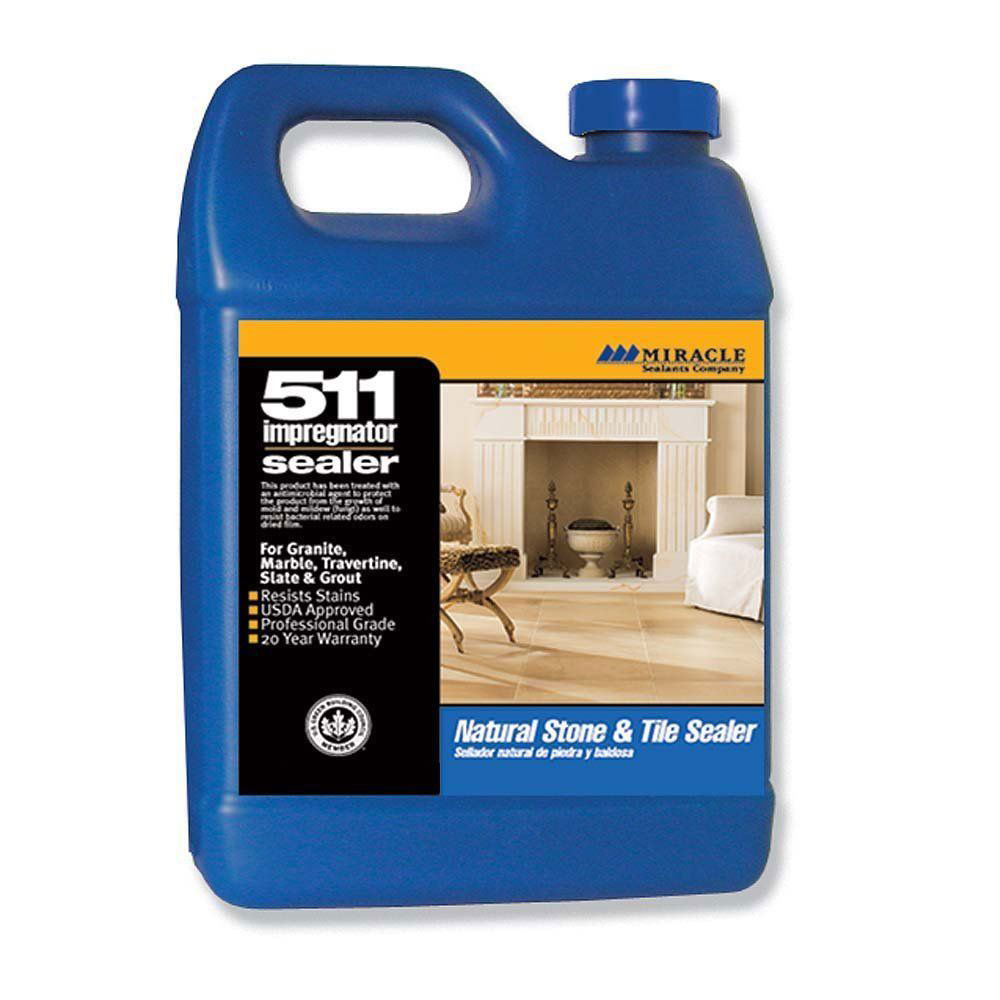
Penetrating sealer soaks into the surface, then chemically reacts with it. Using this sealer results in a stronger bond with the surface. This strong bond makes it resistant to moisture and long-lasting. Impregnators can last for more than 20 years before they need to be reapplied.
Topical sealers
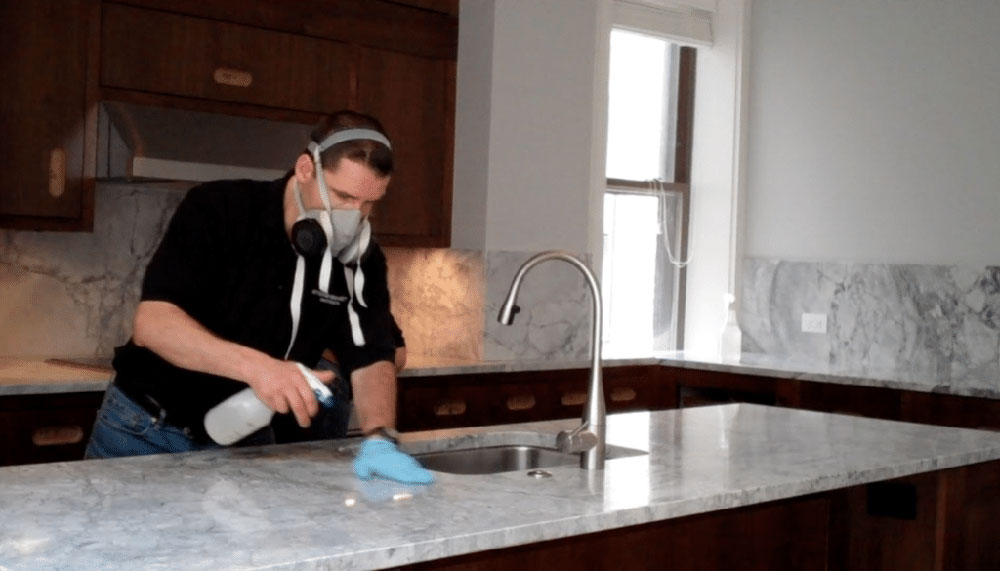
It’s common for topical sealer coatings to give the surface of the brick a satin sheen. They can come in gloss or non-gloss forms. They work best when they are used in a space that gets less traffic and wears and give the brick a more decorative look.
Waxes, oils and polishes
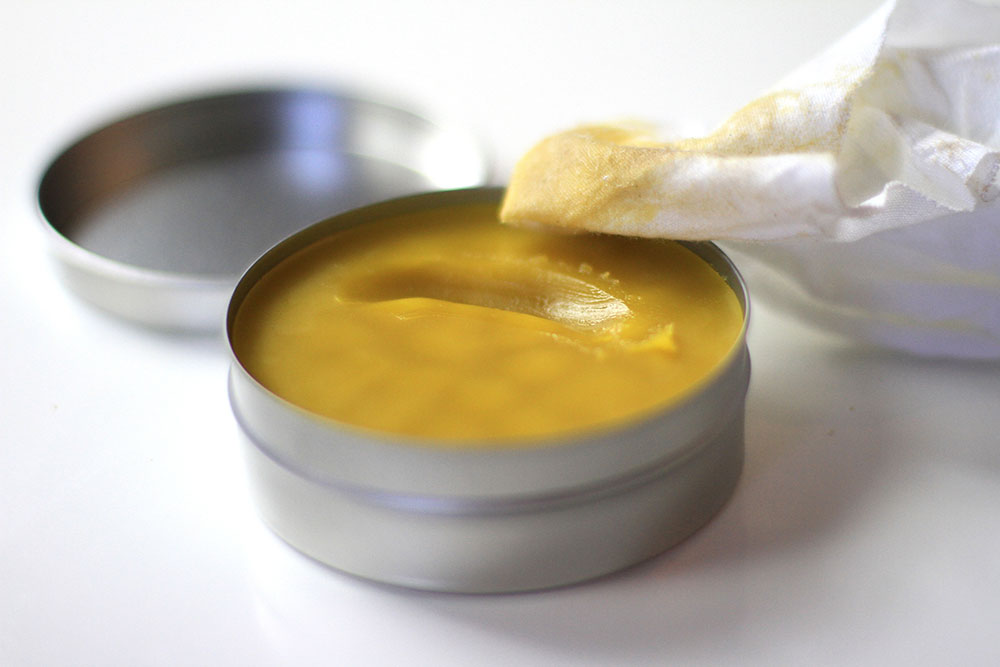
When you want to seal and protect your wall brick backsplash tiles from cooking fumes, you can also use wax or linseed oil. People who own homes sometimes use these products because they want their brick wall to look more natural and less like it was made with chemicals, so they choose them.
FAQs about cleaning brick backsplash
1. What is the best way to clean a brick backsplash without damaging it?
Use a gentle cleaning solution and a soft-bristled brush for the greatest results when cleaning a brick backsplash without causing any damage. Apply a solution made of warm water and a light detergent on the brick surface. Use the brush to gently scrub the surface, then rinse it with fresh water. Avoid using cleaning agents or brushes with abrasive bristles that could dent or scratch the brick.
2. Can I use any household cleaner on my brick backsplash?
No, not all home cleansers are suitable for use on backsplashes made of brick. Abrasive or acidic cleansers should not be used as they can harm the brick’s surface. Use a light cleaning solution made from warm water and mild detergent as an alternative. Before using a cleaning product on the entire surface, test it on a discreet, tiny area first.
3. How often should I clean my brick backsplash?
How frequently you use your kitchen or the area where the brick backsplash is located will determine how often you need to clean it. To maintain your brick backsplash looking its best, a good rule of thumb is to clean it once a month at the very least. However, you might need to clean it more frequently if you see stains or buildup.
4. What tools do I need to clean a brick backsplash effectively?
You will need a soft-bristled brush, a pail of warm water, a light detergent, and a clean towel for wiping off the brick backsplash. To get rid of tough stains or grime from a badly stained brick backsplash, you might also require a scraper or putty knife.
5. Is it safe to use a pressure washer to clean a brick backsplash?
No, brick backsplashes shouldn’t be cleaned using pressure washers. The brick’s surface may be harmed by the high-pressure water stream, leading to chipping or crumbling. Instead, clean the brick’s surface with a soft-bristled brush and a mild cleaning agent.
6. What should I do if I notice mold or mildew on my brick backsplash?
If you see any mold or mildew on your brick backsplash, you need to take fast action. Use a soft-bristled brush to apply the mixture to the afflicted region after combining one part bleach with ten parts water. Prior to rinsing with fresh water, give the solution some time to sit. When cleaning mold or mildew, use gloves and safety glasses.
7. Can I use vinegar to clean my brick backsplash?
Although vinegar is a natural cleaner, it is not advised to use it to clean brick backsplashes. The vinegar’s acidity has the potential to corrode the brick’s surface over time. Instead, clean your brick backsplash with warm water and a mild detergent.
8. How can I prevent stains from forming on my brick backsplash?
Wipe up spills as soon as they happen to avoid stains developing on your brick backsplash. To make a barrier that wards off stains and moisture, seal the brick’s surface. Additionally, stay away from cleaning the brick’s surface with abrasive or harsh cleansers because they could scratch the surface and leave stains.
9. Should I seal my brick backsplash after cleaning it?
Yes, sealing your brick backsplash is advised after washing it. By sealing the brick’s surface, you can build a barrier that deters stains and moisture, keeping the brick in top condition. Apply the sealer as directed by the manufacturer, then wait until it is fully dry before utilizing the area.
10. How do I remove stubborn stains from my brick backsplash?
Make a paste out of baking soda and water to remove tough stains from your brick backsplash. Apply the paste on the stain and let it sit for ten to fifteen minutes. Use a soft-bristled brush to scrub the area, then rinse with fresh water. Try using a professional brick cleanser or a diatomaceous earth and hydrogen peroxide poultice if the discoloration doesn’t go away. Before using a cleaning product on the entire surface, test it on a small, discrete area first.
Ending thoughts on how to clean brick backsplash
We hope this article about how to clean brick backsplash is helpful and we believe you will do a beautiful job and absolutely love the results. We believe our advice will be useful for all, especially those budget-conscious homeowners.
If you enjoyed reading this article about how to clean brick backsplash, we also wrote about subjects like what type of caulk to use for backsplash, how to apply grout to the backsplash, how much does backsplash cost, how to remove backsplash tile, how to choose a backsplash, how to hide outlets in the backsplash, what backsplash goes with Taj Mahal quartzite, what backsplash goes with black granite, what backsplash goes with granite countertops or what backsplash goes with white cabinets.
